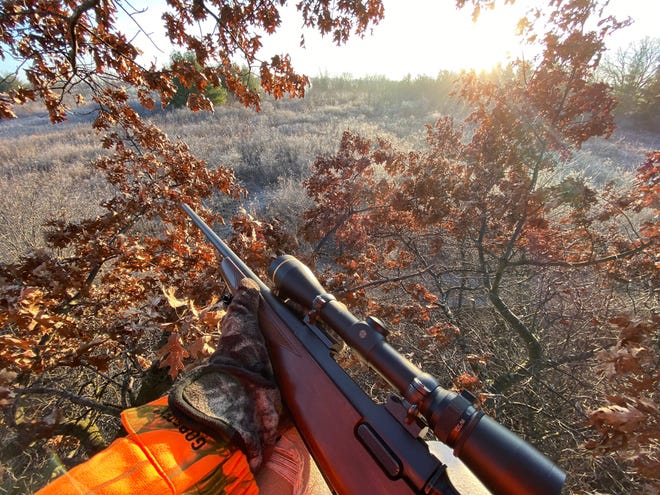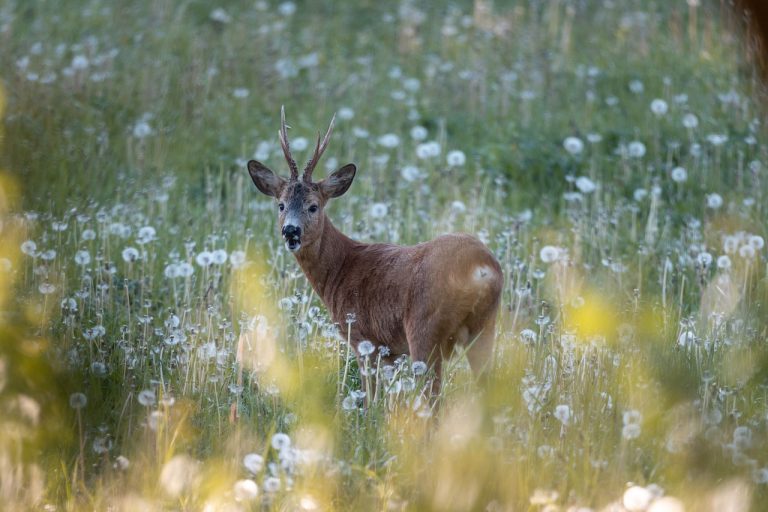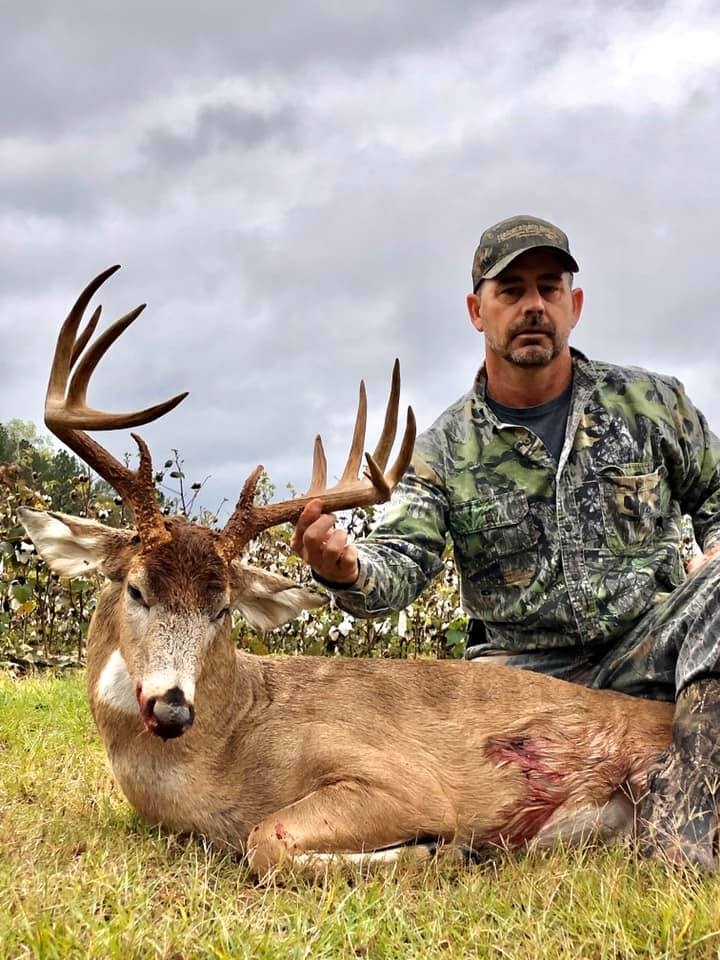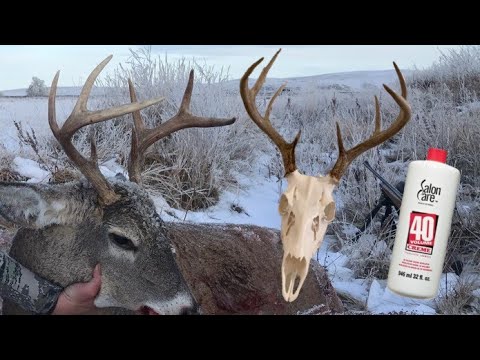Rabies Symptoms in Deer: Identifying Early Warning Signs
Rabies is a serious disease that affects many animals, including deer. It’s caused by a virus that can lead to severe health problems and even death.
Understanding rabies symptoms in deer is crucial for wildlife management and public safety. Rabies affects the brain and nervous system of deer, causing unusual behavior. Infected deer may become aggressive, seem disoriented, or appear unusually tame. These symptoms are dangerous not only for the deer but also for humans and other animals that come in contact with them.
Knowing what to look for can help in early detection and prevention of the spread of this deadly virus. In this blog post, we will explore the key symptoms of rabies in deer and why it’s important to be aware of them.
Introduction To Rabies In Deer
Rabies is a serious disease. It affects the brain and nerves. Deer can get rabies. It is rare but dangerous. Knowing symptoms helps save lives. Early detection is key.
Wild animals can spread rabies. Bats, raccoons, and foxes are common carriers. Deer can get infected through bites. Once infected, they show symptoms quickly. Observing deer behavior can help in early detection.
Behavioral Changes
Deer with rabies often show increased aggression. They may attack humans or other animals. This is unusual for deer. Normally, deer are shy. They prefer to run away. But rabies changes their behavior. They become more dangerous.
Rabies can also make deer act unusually timid. They might appear very shy or scared. This is not normal. Healthy deer are usually alert and cautious. Rabies affects their brain. This makes them behave strangely. They may not react to danger as they should.
Physical Symptoms
Excessive drooling is a common sign of rabies in deer. Their mouth may stay open, and saliva can drip out. This happens because the virus affects their nerves. They can’t control their mouth muscles well.
Deer with rabies often show paralysis and weakness. Their legs may not work properly. Walking becomes hard. They may stumble or fall. This is due to the virus damaging their nervous system. They may also seem tired and move slowly.
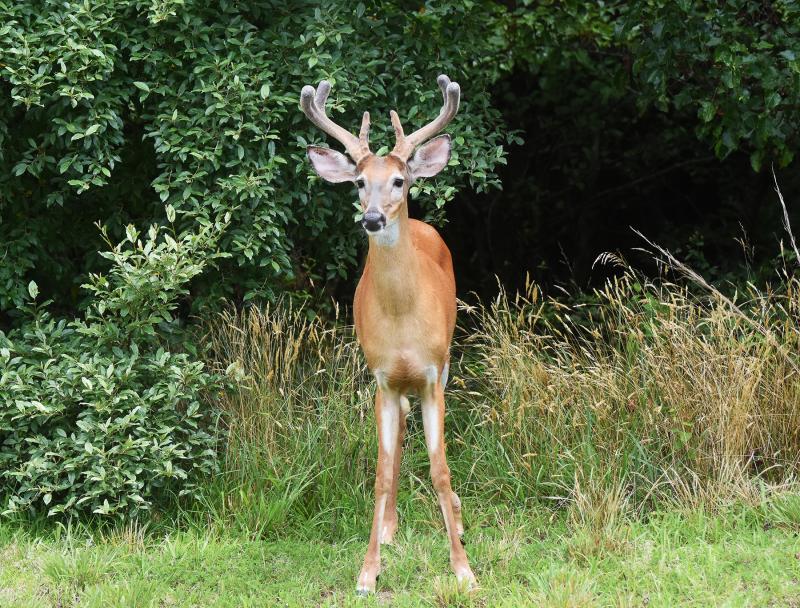
Credit: www.capegazette.com
Neurological Signs
Rabies symptoms in deer often include neurological signs such as uncoordinated movements and excessive salivation. Deer may appear unusually aggressive or confused.
Disorientation
Deer with rabies often show disorientation. They may walk in circles. They might not recognize their surroundings. This can make them bump into objects. They seem lost and confused. It is a clear sign of trouble.
Seizures
Seizures are another sign in deer with rabies. The deer might shake uncontrollably. Their muscles can twitch. This happens suddenly and is hard to stop. It is very serious and needs attention.
Stages Of Rabies In Deer
Deer may seem scared or act strange. They could eat less. They might start to drool. Their eyes may look different. They could have a fever. They may stay away from the herd. This stage lasts for 2-3 days.
Deer become very agitated. They might bite or attack. They could make strange sounds. They may run in circles. They could be overly active. They might show no fear. This stage can last for several days.
Deer become weak. They may have trouble moving. They could fall down. They might be unable to get up. They could have trouble breathing. They may die quickly. This stage lasts for 2-4 days.

Credit: www.jakes-bones.com
Differentiating Rabies From Other Diseases
Rabies and Chronic Wasting Disease (CWD) can look similar. Deer with CWD may act confused. They might walk in circles. Their bodies may become thin. They may drool a lot. Both diseases can cause strange behavior. But CWD spreads slower than rabies. Rabies symptoms show up quickly. Deer with rabies may be more aggressive. It is important to watch for different signs.
Bacterial infections can also confuse diagnosis. Deer may limp or have swollen areas. They might have a fever. Their fur might look bad. Bacterial infections can cause wounds. These wounds may smell bad. Deer with rabies might also have wounds. But rabies will affect their brain. Bacterial infections do not. Watch for changes in behavior. This helps to tell the difference.
Preventive Measures
Deer with rabies may show symptoms like drooling, aggression, and lack of coordination. Early detection and vaccination are key preventive measures.
Vaccination Programs
Wildlife agencies run vaccination programs for deer. Vaccines help prevent rabies. These programs are very important. Deer get vaccinated in the wild. This keeps them safe. It also protects other animals.
Monitoring And Reporting
Monitoring deer is crucial. Agencies track deer health. They watch for rabies symptoms. Reporting sick deer is vital. People should tell officials if they see sick deer. This helps control rabies spread. Everyone must stay alert. Keep deer and other animals safe.
What To Do If You Suspect Rabies
If you see a deer acting strange, call wildlife authorities. They will know what to do. Describe the deer’s behavior. Give your location. Do not try to catch or touch the deer. Wildlife experts will handle it.
Stay away from the deer. Keep pets and children indoors. Do not feed or approach the deer. Wash your hands if you touched anything near the deer. Use soap and water. Stay calm and wait for help to arrive.

Credit: www.researchgate.net
Frequently Asked Questions
What Are The First Signs Of Rabies In Deer?
Early signs include drooling, agitation, and uncoordinated movements. Deer may also exhibit unusual aggression or fearlessness.
How Does Rabies Affect Deer Behavior?
Rabies can make deer more aggressive and fearless. Infected deer may also seem unusually friendly or tame.
Can Deer Transmit Rabies To Humans?
Yes, deer can transmit rabies to humans through bites or saliva. Always avoid handling suspiciously behaving deer.
How Long Do Rabies Symptoms Last In Deer?
Rabies symptoms in deer can last from a few days to a few weeks. The disease is always fatal once symptoms appear.
Conclusion
Recognizing rabies symptoms in deer is crucial for wildlife safety. Symptoms include unusual behavior, drooling, and aggression. Immediate action can prevent the spread of the virus. Stay informed and alert to protect both animals and humans. Remember, early detection is key.
Always contact wildlife authorities if you suspect rabies. Stay safe and keep your environment secure. By understanding these signs, we can help maintain a healthy ecosystem.

